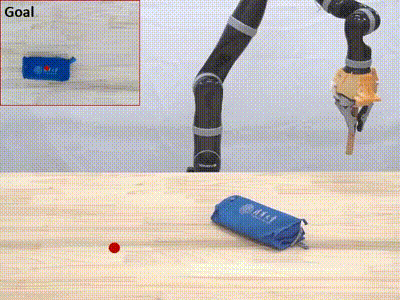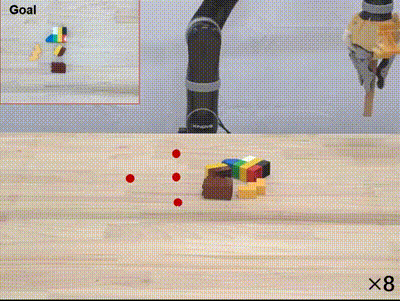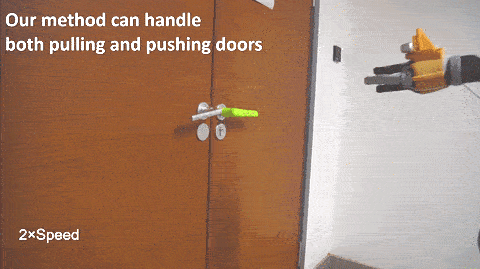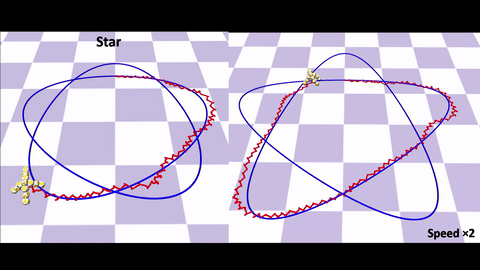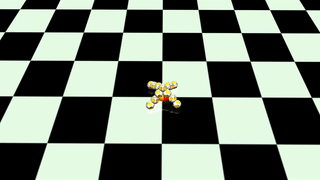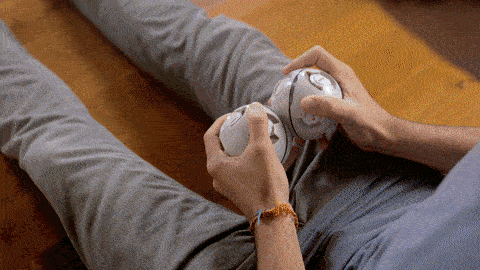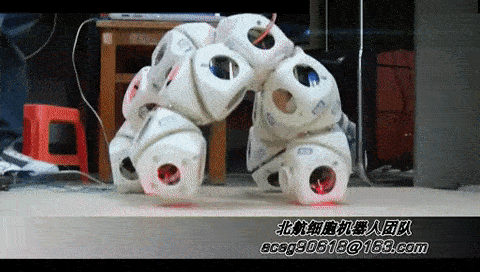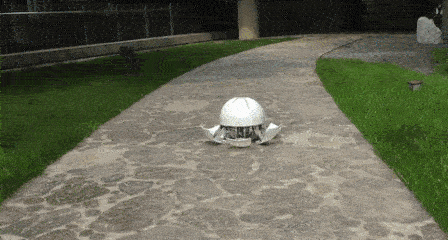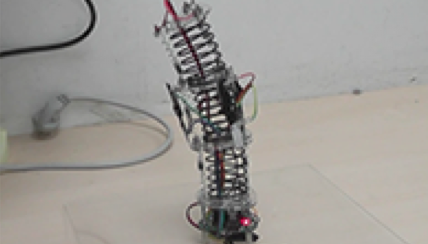
Jiayu (Jerry) Wang
I'm a Technology Strategic Planning at Huawei. At present, I am engaged in AI
product and
technology planning, as well as exploration and research of new directions for electronic
consumer products.
I finished my PhD at Tsinghua
University, advised by
Prof.
Yu
Zhu and Prof. Chuxiong Hu.
My interests lie at the intersection of AGI and robotics. I was a co-founder of KEYI
Technology which created the first commercial modular robotic kit in the world for
entertainment and education.
